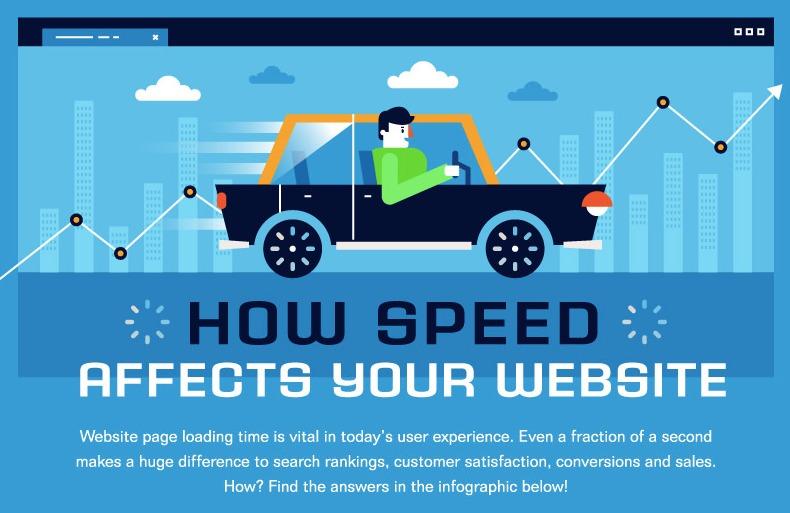Having a website for your business is generally a good idea. A website brings in more potential customers. What’s more, it can be much less expensive than traditional advertising.
All in all, a website can be extremely beneficial. Actually, let’s rephrase that; a good website can be extremely beneficial.
A study by LSA found websites are the primary means for 63% of U.S. consumers to find and interact with local businesses. Your website is your ambassador to your customers.
Unfortunately, a single bad experience on your website makes users 88% less likely to return. And slow website speed is a main contributor to bad online experiences.
The web hosting experts at the Hosting Tribunal collected the data on website speed. Suffice it to say the outlook is bleak for businesses with slow websites.
Not only do long load times hurt your search rankings, they also drive away visitors. One glance at the stats proves this.
If your load times increase from 1 to 5 seconds, 90% more visitors bounce away from your website. If you’re not familiar with bounce rates, this means almost twice as many visitors leave after only looking at one page.
Slow speeds also hurt your profits. Each second of added delay means 7% fewer conversions. That means your website is 7% less profitable per second of delay.
A slow website can even be worse than no website at all. Most users research a company online before hiring their services. If they come across a slow website, it might be reason enough to turn to the competitor.
To sum up, a website can be a great asset to your business. However, you need to make sure your website is well optimized, or else it could do more harm than good.
To learn more about how website speed works, take a look at the infographic below.






